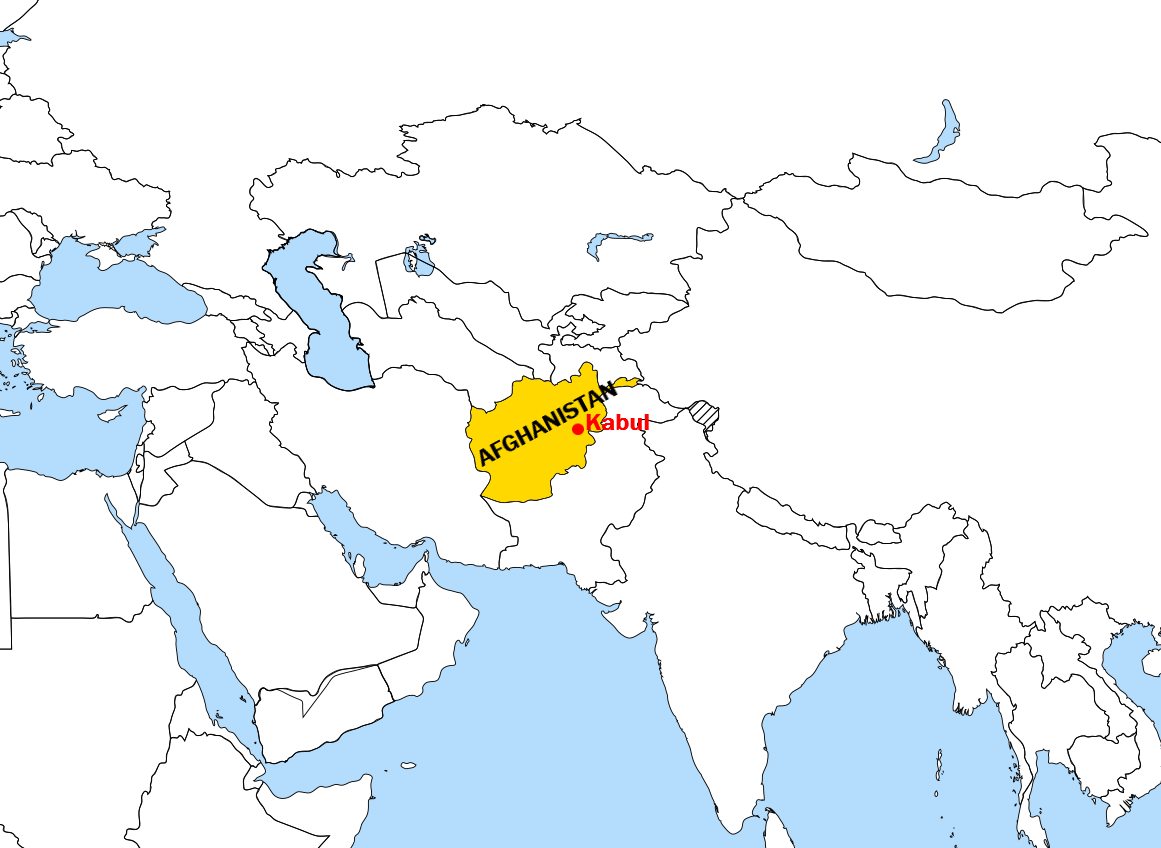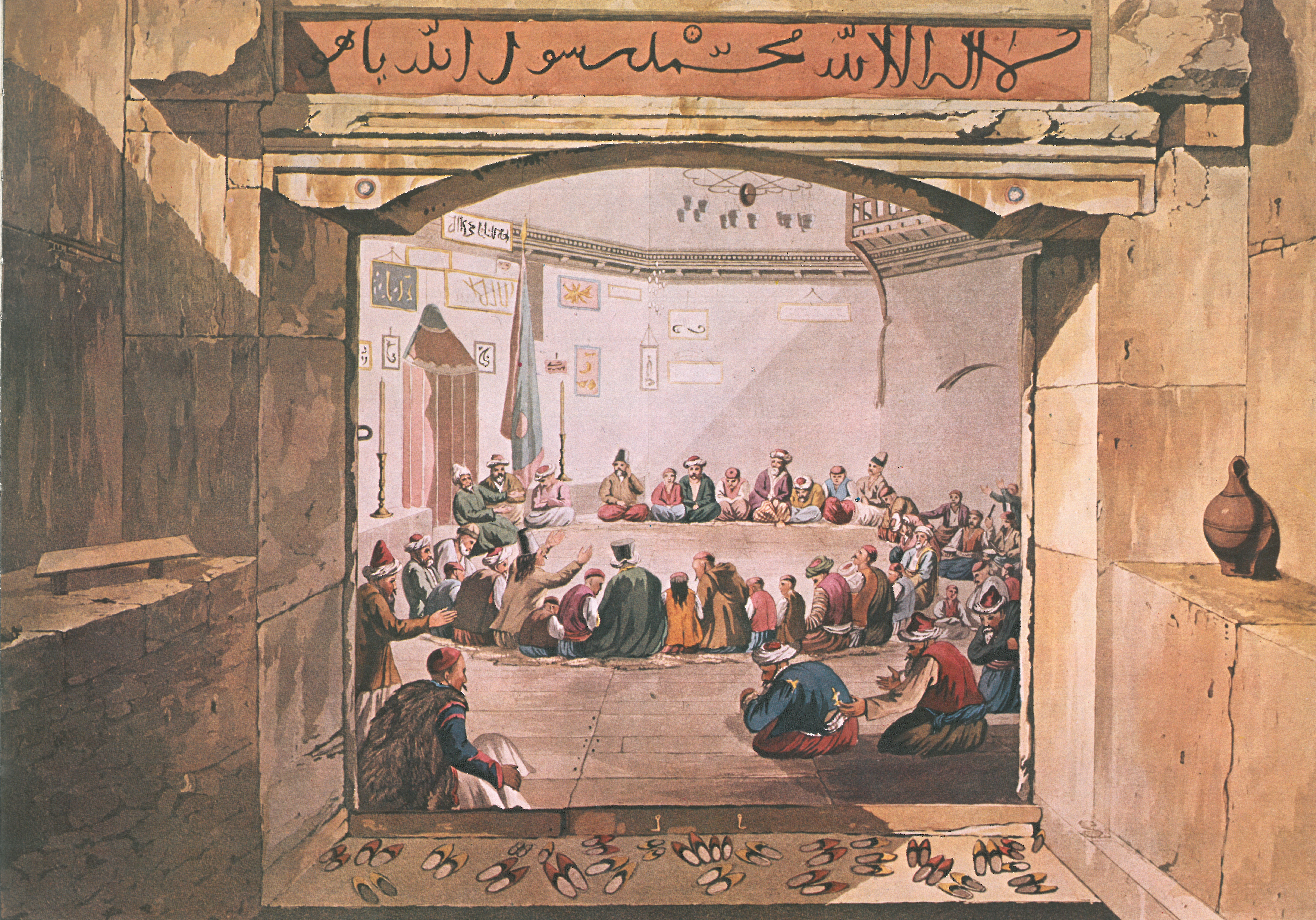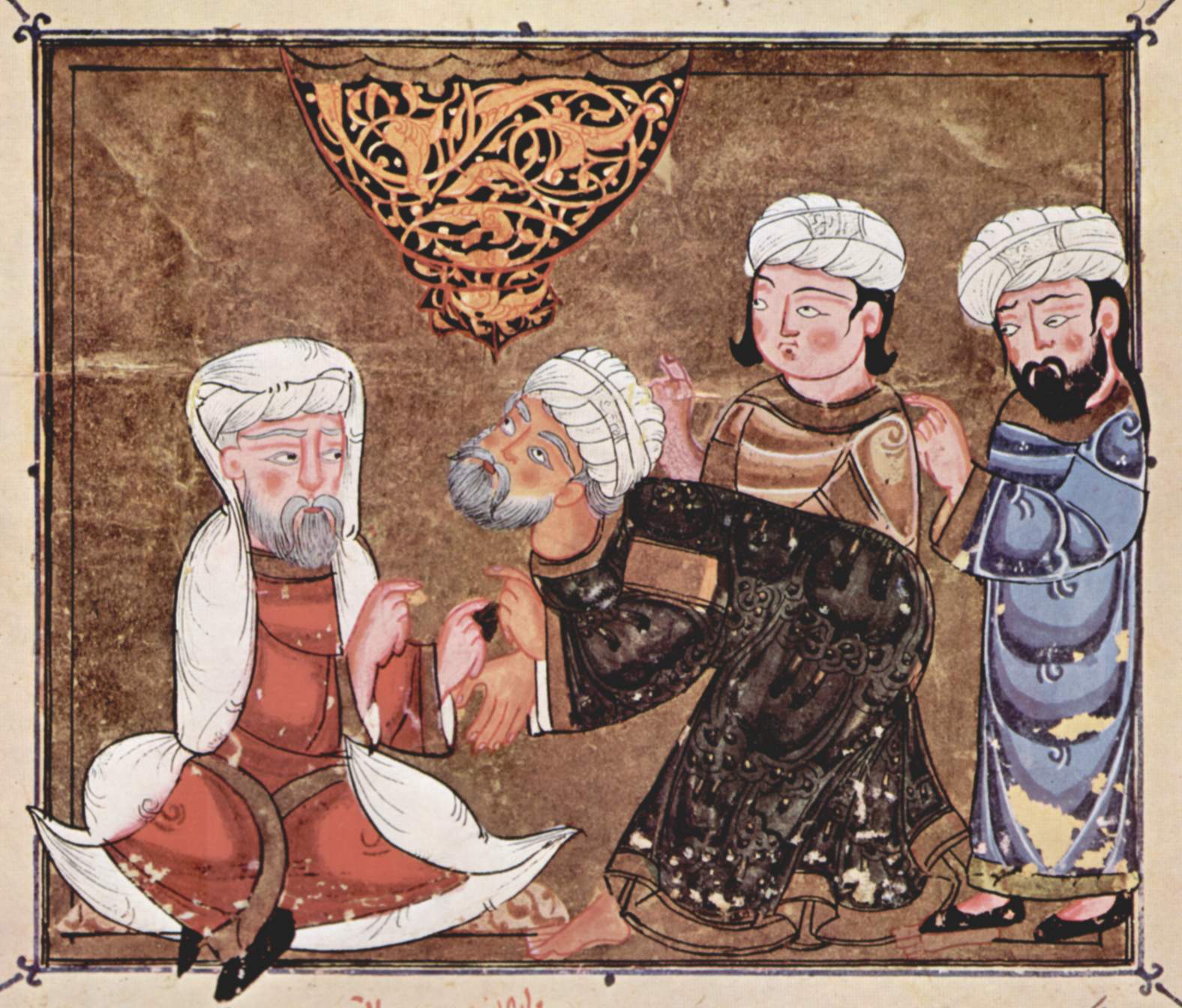|
Mirza Muhammad Hakim
Shahzada Mirza Muhammad Hakim (29 April 1553 – 10 October 1585), sometimes known simply as Mirza Hakim, was the third son of the Mughal emperor Humayun. He ruled Kabul in Afghanistan, and often conflicted with his elder brother, Emperor Akbar, who he later on mended ways with. He was the son of Mah Chuchak Begum. Mirza Hakim was the ruler of Kabul, and was practically independent, although supposed to owe fealty to the Mughal emperor. Invasion of Afghanistan As per the ''Tabakat-i-Akbari'' of Nizamuddin Ahmad, Mughal Emperor Akbar had dispatched Mirza Hakim, who was a staunch adherent of the missionary-minded Naqshbandi Sufi order, against the "infidels" of Katawar in 1582. Hakim was a semi-independent governor of Kabul. The ''Sifat-nama-yi Darviš Muhammad Hān-i Ğāzī'' of Kadi Muhammad Salim who accompanied the expedition mentions its details. The ''Sifat-nama'' gives Mirza Muhammad Hakim the epithet of '' Darviš Khan Gazi''. Mirza Muhammad Darvish Khan Gazi's religi ... [...More Info...] [...Related Items...] OR: [Wikipedia] [Google] [Baidu] |
Kabul Subah
The history of Afghanistan covers the development of Afghanistan from ancient times to the establishment of the Emirate of Afghanistan in 1822 and Afghanistan in modern times. This history is largely shared with that of Central Asia, Iran, and the great Indian subcontinent. Human habitation in Afghanistan dates back to the early Middle Paleolithic era, and the country's strategic location along the historic Silk Road has led it to being described, picturesquely, as the ‘roundabout of the ancient world’. The land has historically been home to various different peoples and has witnessed numerous military campaigns, including those by the Persians, Alexander the Great, the Maurya Empire, Arab Muslims, the Mongols,The Mughal Empire the British, the Soviet Union, and most recently by a US-led coalition. The various conquests and periods in both the Indian and Iranian cultural spheres made the area a center for, Buddhism, Hinduism, Zoroastrianism and later Islam througho ... [...More Info...] [...Related Items...] OR: [Wikipedia] [Google] [Baidu] |
Akbar
Akbar (Jalal-ud-din Muhammad Akbar, – ), popularly known as Akbar the Great, was the third Mughal emperor, who reigned from 1556 to 1605. Akbar succeeded his father, Humayun, under a regent, Bairam Khan, who helped the young emperor expand and consolidate Mughal domains in the Indian subcontinent. He is generally considered one of the greatest emperors in Indian history and led a successful campaign to unify the various kingdoms of '' Hindūstān'' or India proper. Quote: "Akbar, The greatest Mughal emperor of India." Akbar gradually enlarged the Mughal Empire to include much of the Indian subcontinent through Mughal military, political, cultural, and economic dominance. To unify the vast Mughal state, Akbar established a centralised system of administration and adopted a policy of conciliating conquered rulers through marriage and diplomacy. To preserve peace and order in a religiously and culturally diverse empire, he adopted policies that won him the support of his no ... [...More Info...] [...Related Items...] OR: [Wikipedia] [Google] [Baidu] |
Islam
Islam is an Abrahamic religions, Abrahamic monotheistic religion based on the Quran, and the teachings of Muhammad. Adherents of Islam are called Muslims, who are estimated to number Islam by country, 2 billion worldwide and are the world's Major religious groups, second-largest religious population after Christians. Muslims believe that Islam is the complete and universal version of a Fitra, primordial faith that was revealed many times through earlier Prophets and messengers in Islam, prophets and messengers, including Adam in Islam, Adam, Noah in Islam, Noah, Abraham in Islam, Abraham, Moses in Islam, Moses, and Jesus in Islam, Jesus. Muslims consider the Quran to be the verbatim word of God in Islam, God and the unaltered, final revelation. Alongside the Quran, Muslims also believe in previous Islamic holy books, revelations, such as the Torah in Islam, Tawrat (the Torah), the Zabur (Psalms), and the Gospel in Islam, Injil (Gospel). They believe that Muhammad in Islam ... [...More Info...] [...Related Items...] OR: [Wikipedia] [Google] [Baidu] |
Alishang
Alishang is the name of a village, a river and a fertile valley of Laghman Province, and also of the district headquarters of Mihtarlam District, in eastern Afghanistan. It lies about 40 km northwest of Jalalabad. The fertile Alishang valley drained by the Alishang River, which is described as "contracted", has an abundance of mounds and caves. It is surrounded by Badrow hills. Alladad Khan castle is located close to the village. The Alishang River valley has a number of villages on the way from Jalalabad, such as Kargai, Tajak, Tigadee and Safees along its river course, which in some reaches is very narrow and can be forded by dismounting from the horse's back. Geography Alishang village is on the banks of Alishang River, which is also called the Nadjil River. It rises in the mountains of Nadjil on the southern slopes of Hindukush mountains and after traversing 90 miles joins the Alinghar River in Alishang village. The valley and the river are both named as Alishang. Si ... [...More Info...] [...Related Items...] OR: [Wikipedia] [Google] [Baidu] |
Laghman Province
Laghman (Persian language, Persian/Pashto: ) is one of the 34 provinces of Afghanistan, located in the eastern part of the country. It has a population of about 502,148, which is multi-ethnic and mostly a rural society. Laghman hosts a large number of historical landmarks, minarets, monuments, and other cultural relics that are manifestation of its old history and culture. The city of Mihtarlam serves as the capital of the province. In some historical texts the name is written as "Lamghan" or as "Lamghanat". In 2021, the Taliban gained control of the province during the 2021 Taliban offensive. Etymology Laghman or Lamghan is originally named after Lamech (father of Noah), Lamech (Mether Lam Baba), the father of Noah. History Located currently at the Kabul Museum are Aramaic inscriptions that were found in Laghman which indicated an ancient trade route from India to Palmyra. Aramaic was the bureaucratic script language of the Achaemenids whose influence had extended toward Lag ... [...More Info...] [...Related Items...] OR: [Wikipedia] [Google] [Baidu] |
Gazi
A ''ghazi'', or ''gazi'' (, , plural ''ġuzāt'') is an individual who participated in ''ghazw'' (, '' ''), meaning military expeditions or raids against non-Muslims. The latter term was applied in early Islamic literature to expeditions led by the Islamic prophet Muhammad, and later taken up by Turkic military leaders to describe their wars of conquest. In the context of the wars between Russia and the Muslim peoples of the Caucasus, starting as early as the late 18th century's Sheikh Mansur's resistance to Russian expansion, the word usually appears in the form ''gazavat'' (). In English-language literature, the ''ghazw'' often appears as '' razzia'', a borrowing through French from Maghrebi Arabic. In modern Turkish, ''gazi'' is used to refer to veterans, and also as a title for Turkic Muslim champions such as Ertuğrul and Osman I. Ghazwa as raid—razzia In pre-Islamic Bedouin culture, ghazw was a form of limited warfare verging on brigandage that avoided head-on co ... [...More Info...] [...Related Items...] OR: [Wikipedia] [Google] [Baidu] |
Dervish
Dervish, Darvesh, or Darwīsh (from ) in Islam can refer broadly to members of a Sufi fraternity (''tariqah''), or more narrowly to a religious mendicant, who chose or accepted material poverty. The latter usage is found particularly in Persian and Turkish (''derviş'') as well as in Tamazight (''Aderwic''), corresponding to the Arabic term '' faqīr''. Their focus is on the universal values of love and service, deserting the illusions of ego (''nafs'') to reach God. In most Sufi orders, a dervish is known to practice ''dhikr'' through physical exertions or religious practices to attain the ecstatic trance to reach God. Their most popular practice is Sama, which is associated with the 13th-century mystic Rumi. In folklore and with adherents of Sufism, dervishes are often credited with the ability to perform miracles and ascribed supernatural powers. Historically, the term Dervish has also been used more loosely, as the designation of various Islamic political movements or mil ... [...More Info...] [...Related Items...] OR: [Wikipedia] [Google] [Baidu] |
Qadi
A qadi (; ) is the magistrate or judge of a Sharia court, who also exercises extrajudicial functions such as mediation, guardianship over orphans and minors, and supervision and auditing of public works. History The term '' was in use from the time of Muhammad during the early history of Islam, and remained the term used for judges throughout Islamic history and the period of the caliphates. While the and played the role in elucidation of the principles of Islamic jurisprudence () and the Islamic law (), the qadi remained the key person ensuring the establishment of justice on the basis of these very laws and rules. Thus, the qadi was chosen from amongst those who had mastered the sciences of jurisprudence and law. The office of qadi continued to be a very important one in every principality of the caliphates and sultanates of the various Muslim empires over the centuries. The rulers appointed a qadi in every region, town, and village for judicial and administrative cont ... [...More Info...] [...Related Items...] OR: [Wikipedia] [Google] [Baidu] |
Tel Aviv University
Tel Aviv University (TAU) is a Public university, public research university in Tel Aviv, Israel. With over 30,000 students, it is the largest university in the country. Located in northwest Tel Aviv, the university is the center of teaching and research of the city, comprising 9 faculties, 17 teaching hospitals, 18 performing arts centers, 27 schools, 106 departments, 340 research centers, and 400 laboratories. Tel Aviv University originated in 1956 when three education units merged to form the university. The original campus was expanded and now makes up in Tel Aviv's Ramat Aviv neighborhood. History TAU's origins date back to 1956, when three research institutes: the Tel Aviv School of Law and Economics (established in 1935), the Institute of Natural Sciences (established in 1931), and the Academic Institute of Jewish Studies (established in 1954) – joined to form Tel Aviv University. Initially operated by the Tel Aviv municipality, the university was granted autonomy in ... [...More Info...] [...Related Items...] OR: [Wikipedia] [Google] [Baidu] |
Brill Publishers
Brill Academic Publishers () is a Dutch international academic publisher of books, academic journals, and Bibliographic database, databases founded in 1683, making it one of the oldest publishing houses in the Netherlands. Founded in the South Holland city of Leiden, it maintains its headquarters there, while also operating offices in Boston, Paderborn, Vienna, Singapore, and Beijing. Since 1896, Brill has been a public limited company (). Brill is especially known for its work in subject areas such as Oriental studies, classics, religious studies, Jewish studies, Islamic studies, Asian studies, international law, and human rights. The publisher offers traditional print books, academic journals, primary source materials online, and publications on microform. In recent decades, Brill has expanded to Electronic publishing, digital publishing with ebooks and online resources including databases and specialty collections varying by discipline. History Founding by Luchtmans, 16 ... [...More Info...] [...Related Items...] OR: [Wikipedia] [Google] [Baidu] |
Katawar
Katawar or ''Katir'' is the name for the northern mountainous regions of Kafirstan in Afghanistan and Pakistan. The Black-Robed (Siah-Posh) tribes living in these regions are also known as Katawars or Katirs. Other names Other names for the tribes are ''Kata'', ''Kator'' and ''Katawer''. Origin The Kafirs of Siah-Posh groups are descended from the ancient Kambojas. See also * Katirs * Kamtoz * Kam * Kafirstan * Nurestan * Nuristani people * Nuristani languages The Nuristani languages are one of the three groups within the Indo-Iranian languages, Indo-Iranian language family, alongside the Indo-Aryan languages, Indo-Aryan and Iranian languages, Iranian languages. They have approximately 214,000 speakers ... * Katawar References Ethnic groups in Afghanistan Ethnic groups in Pakistan {{Ethno-stub ... [...More Info...] [...Related Items...] OR: [Wikipedia] [Google] [Baidu] |
Sufism
Sufism ( or ) is a mysticism, mystic body of religious practice found within Islam which is characterized by a focus on Islamic Tazkiyah, purification, spirituality, ritualism, and Asceticism#Islam, asceticism. Practitioners of Sufism are referred to as "Sufis" (from , ), and historically typically belonged to "orders" known as (pl. ) — congregations formed around a grand (saint) who would be the last in a Silsilah, chain of successive teachers linking back to Muhammad, with the goal of undergoing (self purification) and the hope of reaching the Maqam (Sufism), spiritual station of . The ultimate aim of Sufis is to seek the pleasure of God by endeavoring to return to their original state of purity and natural disposition, known as . Sufism emerged early on in Islamic history, partly as a reaction against the expansion of the early Umayyad Caliphate (661–750) and mainly under the tutelage of Hasan al-Basri. Although Sufis were opposed to dry legalism, they strictly obs ... [...More Info...] [...Related Items...] OR: [Wikipedia] [Google] [Baidu] |








